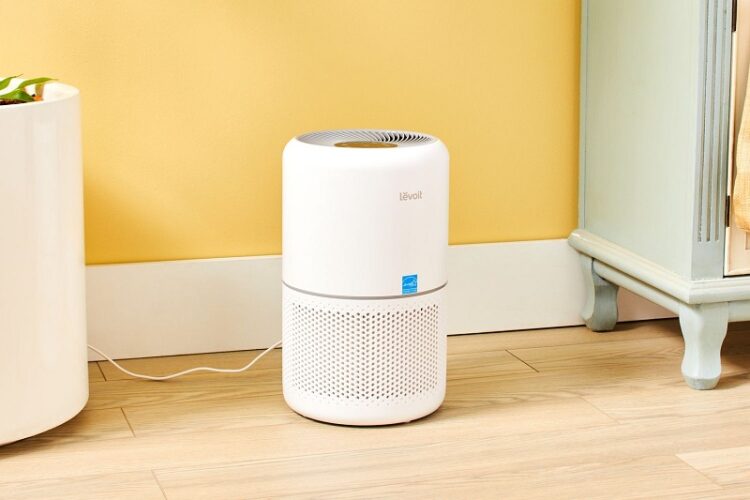For millions, the simple act of breathing can be a daily struggle against dust and the allergens it carries. Sneezing fits, itchy eyes, and a perpetually runny nose are common symptoms that significantly impact quality of life. Many turn to air purifiers as a potential solution, hoping to cleanse their indoor environment. But are air purifiers truly effective in tackling dust and its associated allergens? This article delves into the functionality of air purifiers, their ability to capture dust, and ultimately, how well they alleviate allergy symptoms.
Targeting the Invisible Enemy: How Air Purifiers Work
Air purifiers operate by drawing air through a series of filters, trapping airborne particles before releasing cleaner air back into the room. The effectiveness of an air purifier hinges primarily on the type of filters it employs. High-Efficiency Particulate Air (HEPA) filters are the gold standard for allergen removal. These filters are designed to capture at least 99.97% of particles as small as 0.3 microns, including common dust allergens like pollen, pet dander, dust mites, and mold spores. Some air purifiers also incorporate activated carbon filters, which are effective at removing odors, gases (VOCs), and smoke. Understanding the filter types and their intended purpose is crucial when selecting an air purifier for dust allergen management. So in case you are wondering does air purifier help with dust here are the options for you.
Dust-Busting Capabilities: Particle Size Matters
While HEPA filters are demonstrably effective at capturing microscopic particles, the size and composition of dust can influence an air purifier’s performance. Larger dust particles will naturally settle on surfaces, making them less likely to be captured by the air purifier. Frequent dusting and vacuuming remain essential for removing settled dust. Furthermore, the air purifier’s coverage area is a critical consideration. A unit designed for a smaller room will struggle to effectively clean the air in a larger space. Ensuring the air purifier is appropriately sized for the room it’s intended to serve maximizes its ability to reduce airborne dust and allergens.
Beyond the Filter: Optimizing Air Purification
Simply plugging in an air purifier isn’t a guaranteed solution to allergy woes. Optimizing its performance requires considering several factors. Proper placement is crucial; positioning the unit in an area with good airflow allows it to effectively circulate and filter the air. Regular filter replacement, as recommended by the manufacturer, is paramount for maintaining optimal efficiency. A clogged filter loses its ability to capture particles, rendering the air purifier less effective. Additionally, addressing the root cause of dust buildup is essential. This might include washing bedding frequently, using allergen-proof mattress and pillow covers, and controlling humidity levels to discourage dust mite growth.
Breathing Freely: Allergy Symptom Relief
While air purifiers can significantly reduce airborne dust and allergens, they are not a cure-all for allergies. Their effectiveness depends on various factors, including filter quality, unit size, proper placement, and maintenance. However, when used correctly as part of a comprehensive allergy management plan, air purifiers can demonstrably reduce allergen levels in the air, leading to a noticeable improvement in allergy symptoms. Combining an air purifier with regular cleaning, allergen-proof bedding, and potentially allergy medication can offer significant relief and a breath of fresh air for those plagued by dust allergies.

